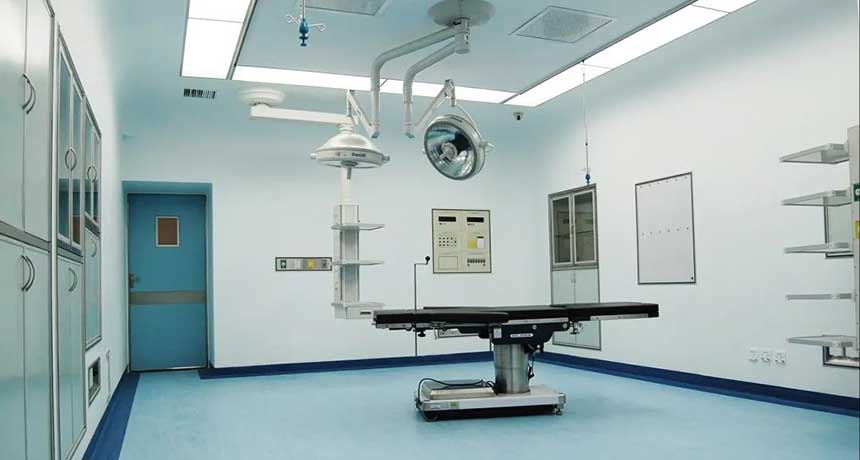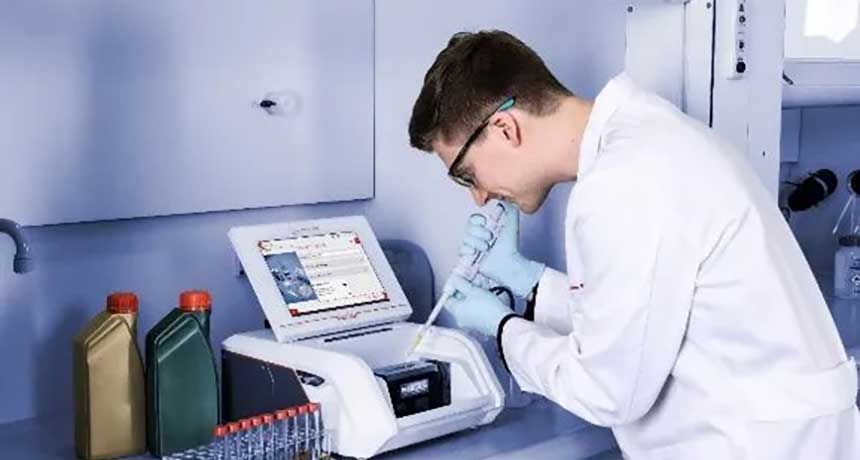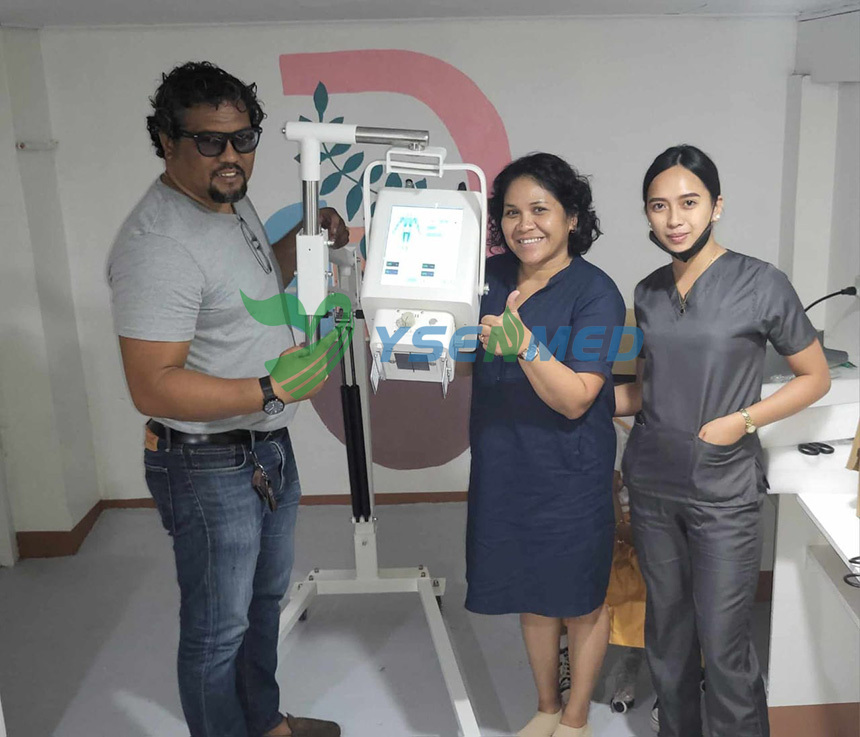A blood cell analyzer refers to a conventional testing instrument that automatically analyzes the heterogeneity of blood cells within a certain volume of whole blood. It usually consists of a blood cell detection module, a hemoglobin determination module, a mechanical module, an electronic module, a computer system, etc. The principles are generally electrical impedance method, colorimetry, flow laser scattering technology, etc.
1. Main uses and principles of blood cell analyzer
Hematology analyzers are used for routine blood tests to detect white blood cells, red blood cells, platelets and other indicators in blood samples. The results are closely related to the clinical diagnosis and treatment of diseases. The main principles of blood cell analyzers include electrical impedance method, colorimetry, and flow laser scattering technology.
The working principle of the blood cell analyzer is mainly Coulter's principle, also known as resistance method, electric pulse method and electric induction zone technology. When the particles suspended in the electrolyte pass through the small hole tube with the electrolyte, they replace the same volume of electrolyte. In a circuit designed with constant current, the resistance between the two electrodes inside and outside the small hole tube changes instantaneously, resulting in a potential pulse. The size and number of pulse signals are proportional to the size and number of particles, used for blood cell counting
2. Precautions when using blood cell analyzer
What preparations need to be made before using the hematology analyzer?
The instrument needs to be quality controlled during initial installation or before daily blood sample testing. After the instrument starts normally, a background test needs to be performed before use.
For different models of blood cell analyzers, follow the instruction manual for specific operations.
How to use a blood cell analyzer correctly?
Collection of blood samples
Since all clinical samples, quality controls, and calibrators may contain human blood or human serum and are potentially infectious, established laboratory or clinical operating procedures must be followed when handling these items, and work clothes must be worn. Wear medical gloves and safety glasses. The blood collection process must be clean and pollution-free, and qualified anticoagulants must be used.
puncture
When collecting blood samples. Avoid excessive squeezing of the puncture site to prevent tissue fluid from mixing into the blood, causing inaccurate test and analysis results.
What should I do if the blood cell analyzer is damaged?
Modern blood cell analyzers have excellent self-diagnostic capabilities. When a fault occurs, the built-in computer's error checking function displays an "error message" and sounds an alarm. If a medical device is damaged, it is recommended to consult a professional for troubleshooting or repair.
3. Maintenance of blood cell analyzer
Detector maintenance
The small hole tube of the detector is the transducer device for blood cell counting and is a common site for instrument failure. Proper maintenance of it is of great significance to ensure the normal operation of the instrument. Fully automatic blood cell analyzers require automatic maintenance, while semi-automatic ones should clean and rinse the micropores of the small-hole tube according to the instructions before shutting down every day. In any case, the orifice tube must be soaked in new diluent.
Fluid line maintenance
The purpose is to keep the inside of the liquid path clean and prevent counting errors caused by fine impurities. When cleaning, add 20ml of machine-specific cleaning fluid (enzyme is better) into the sample cup, press the counting button several times to fill the colorimetric cell, quantitative device and pipelines with cleaning fluid, then stop the machine and soak overnight, and then switch to dilution Rinse repeatedly before use. When the instrument is not used for a long time, the diluent conduit, cleaning agent conduit, hemolytic agent conduit, etc. should be placed in deionized water or pure water. Press the count key several times to flush and remove the diluent in the liquid pipe and fill it with deionized water.
The blood cell analyzer is a precision electronic instrument that involves many advanced technologies, has a complex structure, and is susceptible to various interferences. In order to ensure the normal operation of the instrument, you should carefully read the instrument operating instructions in detail before installation and use, and pay special attention to the above issues.








